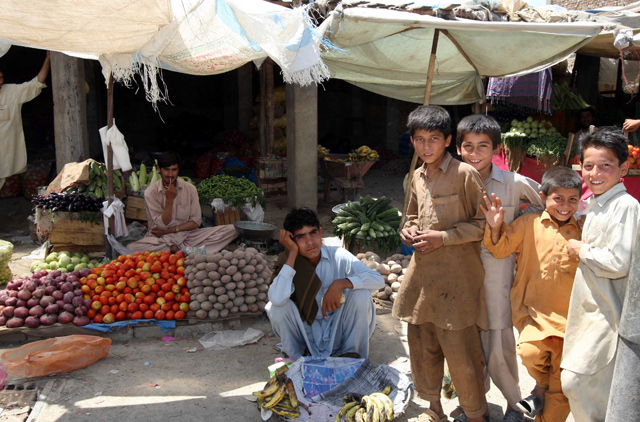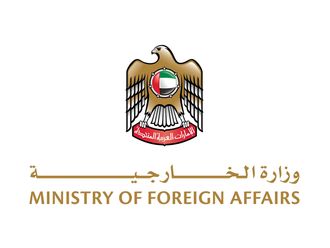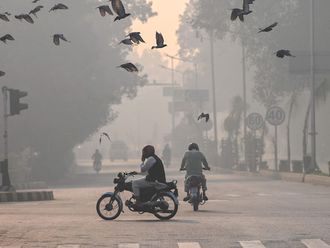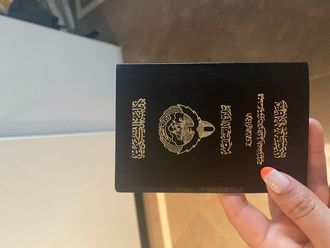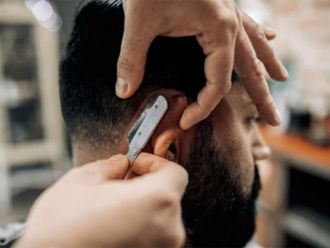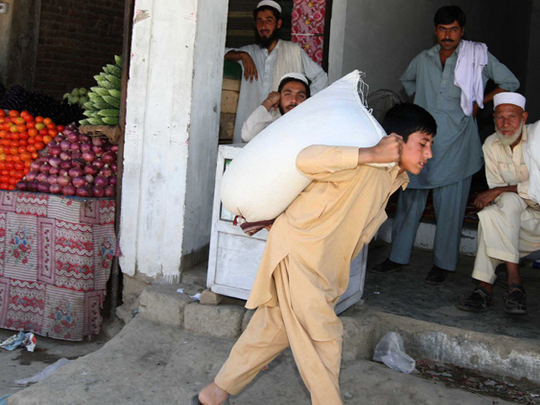
Dubai: My wife was upset when I told her I was going to areas of Pakistan that are home to the Taliban insurgency and the battlefields of the recent fierce fighting between militants and the Pakistan army. She simply told me to say "no" to my bosses.
Instead, I said “no” to my wife, arguing that it was part of my duty as a journalist. It was the first time in my 19-year-career that she disapproved of my work - financial issues apart.
Although my office wanted to send me on a separate assignment in Pakistan, I took initiative and included Bajaur Agency and the troubled Swat valley to my itinerary, just to make it more challenging.
I know what dangers are in store but I thrive on challenges. My aim was to find out how civilians are recovering from post military operations in these areas. I was a bit nostalgic as well because I used to visit some of these areas as a tourist when I was a student.
It was sheer coincidence that the taxi driver who drove me and my colleague, Gulf News staff photographer Atiq-Ur-Rehman, to the airport in Dubai was also from Swat. He got very excited when he found out that we were going to his home town.
“There is nothing to worry about, sir, as I just came back from Swat after my annual leave. It is very safe now,” he said, trying to calm down our nerves. “I want you to write about this heaven on earth and help attract tourists which will create business opportunities and jobs for our people,” he insisted. The UAE, incidentally, is home to thousands of people from Swat.
Flight to Islamabad
Our flight to Islamabad was smooth but the streets were dark and markets were completely shut down in the capital known for its vibrant nightlife. “Street lights are now switched off and shops are closed at 8pm as a measure to save electricity,” said a friend who came to receive us.
Car headlights were the only source of finding our way to the hotel and the roads were deserted with hardly any traffic and numerous police checkpoints on the way to hotel. “Welcome to Pakistan,” I thought to myself.
I could not sleep well due to dreadful thoughts of getting up early morning to catch a helicopter flight.
However, the flight on M-17 Russian chopper was an amazing experience. There were only four people on the flight including two facilitators, although the huge chopper can carry more than 15 people and cargo.
It took us about 60 minutes to reach Bajaur Agency (which is just 250 km from Islamabad) for a journey which normally takes more than six hours by road .
To my surprise, I was told that we were the first journalists from any newspaper in the Gulf to come to Bajaur Agency. I felt happy and proud.
As we landed in the Bajaury Scout Fort – being used as headquarters for the military operation in the area, we were immediately taken to the briefing room by Major Mohammad Jahanzeb Akhtar, operations officer and a combat fighter. He told us stories of his brave and spirited encounters with the Taliban.
I was then told that we had to go back to Islamabad early due to bad weather conditions that were not suitable for helicopter flights. I shivered for a moment and asked them to hurry up.
“Why aren’t you wearing a bullet-proof jacket which is normally worn by foreign journalists?” they asked. I told them that I am a ‘Pakistani-foreign’ journalist and then no one offered me a jacket..
Colonel Nauman Saeed, a dashing commander who successfully led the military operation in the area, gave an extensive, hour-long briefing explaining the operational details, the Taliban movement and what led them to launch the offensive.
It was so interesting that I did not dare yawn though I was sleepy. We were then rushed to the motorcade comprising double-cabin pickup trucks loaded with armed soldiers, and off we were to the danger zone.
At the Taliban heartland
Our first destination was Damadola, the headquarters and court of the Bajaur Taliban leader Maluvi Faqir Mohammad. The previously no-go area has barren caves, trenches and tunnels so deep underground that it survived even the aerial attacks and heavy shelling.
I appreciated the engineering skills of the Taliban who dug these tunnels with great precision as I was escorted through them and found huge living rooms with inter-connected tunnel walkways.
There were pillows, quilts, blankets and shoes scattered amidst the dirt inside the “cave houses” which Taliban deserted after being defeated by the forces. Did I mention that more than 30 heavily armed soldiers escorted us to the area and spread across the mountain to take positions in case of any unforeseen situation?
As we made out way down the mountain, I suddenly noticed that the sole of my shoe had broken off after visiting the caves. I was heart-broken as these were the strongest pair of shoes I’d ever worn! I bought them in 1999 when I visited Kosovo with the UAE Peacekeeping Forces.
I also used them during my visit to Spin Boldak in Afghanistan when the US started pounding the country post-9/11 and even wore them during my coverage trip to Pakistan during the massive earthquake of 2005.
For the next two hours, I walked barefoot.
We then visited a row of destroyed houses and the Khar Bazzar in Bajaur Agency, where life is gradually coming back to normal under the strict control of the Frontier constabulary.
I am back in Islamabad and am now getting ready to head to Swat valley which has remained in news headline around the world for years. A new challenge awaits, with a mended shoe.


